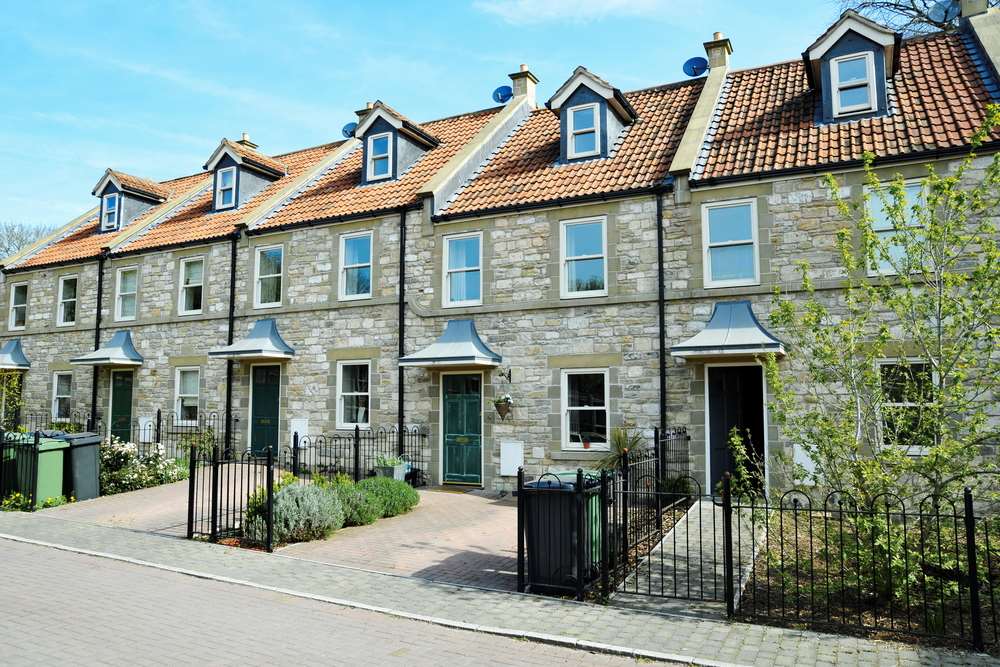
By Katie Myers, Midland Home Buyers
With house prices at record levels, many people have been looking for alternative ways of buying houses. Help to Buy ISAs and equity loans are popular options but aren’t the right choice for everyone. If you’re struggling to afford funds for your first home, shared ownership could be a great option for you.
With the intention of making home-ownership more accessible, this scheme allows you to buy part ownership (20-75%) of a property from a housing association. You will then own your share of the property whilst paying rent on the remaining percentage.
This is a great solution for anyone who is struggling to save for the initial mortgage deposit. Shared ownership makes the step from tenant to home-owner that much smaller; you’ll be able to enjoy the financial stability of owning a home without the pressure of meeting regular, large mortgage payments.
Do I Meet the Requirements?
- You must be at least 18 years of age
- Your annual household income must be less than £80,000 (outside of London) or less than £90,000 (inside of London)
- You must be a first-time buyer
- You should not be able to afford a house on the open market that’s suitable for your needs
- You must not be in mortgage or rent arrears
- You must have a good credit history
The Financial Benefits
It can be cheaper than paying rent
Shared ownership is the halfway point between buying and renting. You have the opportunity to make a solid investment into something that is likely to increase in value, and the rent that you pay on the remaining percentage of the property will be at a discounted rate.This often makes shared ownership a cheaper option than renting in the long term.
Smaller deposit
A large percentage of adults struggle to pay the initial deposit on a house. A shared ownership property will have a much smaller deposit than a house on the open market; shared ownership usually only requires a deposit that’s 5% of the property’s value, whilst on the open market, your deposit will be at least 10% of the property.
Work your way to 100% ownership
Over time, you’ll have the option to gradually increase the percentage of your ownership on the property. In doing this, the cost of your rent will also decrease. Being able to gradually decrease your renting costs in this way makes the transition from tenant to homeowner much easier on your bank account.
Things to Remember
You might be limited when making renovations
If you want to make any major renovations or design changes to your home such as changing the flooring or any structural changes, you will have to ask the permission of your housing provider.For the most part, you should be allowed to decorate your home how you like, but remember to check your lease to find out about what changes you’re allowed to make.
Monthly service charge
Shared ownership is usually on a leasehold basis, meaning you’ll have to pay a monthly service charge to the property provider. This charge covers caretaking, upkeep of any communal area and building insurance. You will also be responsible for the costs of any major maintenance work that needs to be done to the property.
Can be difficult to sell
Selling your part of a property in a shared ownership scheme can be difficult. The housing provider will usually have the first say on whether you can sell your percentage of the property meaning, they will be able to buy it back off you before it can go on the open market. This can make the process take longer and can affect the final selling price.
How to Choose the Right Property?
New or old build
Both new builds and older properties are available for shared ownership, however when choosing your property, it’s worth remembering that you are responsible for paying for repairs in your home. An older property might have a certain charm of its own, but could damage easier than a new build and therefore need a lot of costly repairs.
Check the terms of your lease
Just as you would when moving into a rented property, when picking your home, remember to check the terms of your lease. This will state whether you’re permitted to make alterations to your property. Minor decorating is usually fine however larger projects will need to be approved by the housing association.
To Summarise:
Being able to buy as much as you can afford of a property is an appealing option for many. It gives you some flexibility with your finances and how to you achieve ownership of a home.
When deciding whether shared ownership is for you, you need to weigh up the pros and cons. There are many financial benefits to shared property ownership however there are a few things to think about. You’ll face some restrictions with what you can do to the property once you’ve moved in and will also have service charges and maintenance costs to factor into your budget.
Despite this, if you want to move towards owning your own home at a pace that suits you, shared ownership is definitely something to consider.


